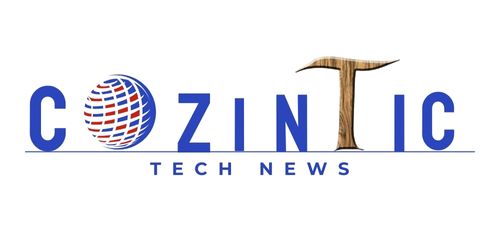A look at Intel Capital before the 34 -year -old company comes out on its own
When Intel Capital announced its plans to go from the giant of Intel Semiconductors In January, it was a bit shocked since the company has operated as an Intel business investment arm since 1991.
In many ways, this decision marks the end of an era with regard to some as the first venture capital company of all time. The company was founded almost 35 years ago and supported notable technological companies, notably: Docusign, Mongodb and Cuddles, among nearly 2,000 others.
But for Mark Rostick, vice-president and main director general of Intel Capital, the transition represents a new opportunity for the VC while allowing the company to keep many of the advantages it had as CVC.
Rostick joined the company in 1999 after a friend of Intel Capital recommended trying to find a job there. Rostick, who did not like to work as a lawyer for the granting of technological licenses at the time, took him. After meeting the team, he said he would do anything – even in the spot – to get involved.
“You are working with the most intelligent people in the world,” Rostick told Techcrunch. “The most difficult thing to do in business is to start something with nothing and have it literally leaving the soil. They are the coolest people who go out because they do something special. The combination of being able to use this training that I had had [combined] By working with people who do the most difficult thing in business, it was irresistible for me. »»
Rostick remained for more than two decades and saw the company invest more than $ 20 billion in more than 1,800 companies while accumulating more than 700 startup outings.
The thought of Intel Capital Shaps of his parent company was not new, said Rostick, and had been discussed several times in the past. The debate has always focused on the advantages and disadvantages of how the company could move more quickly, or be more agile, all alone but how much the company would have to abandon without a parent society.
But these conversations began to become more serious in early 2024 and became concrete last fall, said Rostick. He added that he and Anthony Lin, the chief of Intel Capital, were able to start putting the team at ease with the idea of withdrawing themselves.
“We thought that our history deserved the attention of external investors,” said Rostick. “We had very successful, even if, you know, a large part of the company industry was not unable to take out, we managed to do so, so we had the impression that we could position ourselves as a little aberrant there.”
He added that Exit from Astera Lab Last year helped their timing. Intel Capital initially supported Astera Labs in 2018. The semiconductor company became public in March 2024 with an evaluation of $ 5.5 billion. Astera Labs a year later, has a market capitalization of $ 9.8 billion, making it one of the most successful outings of 2024.
This success, Rostick said, may also have shown potential LPs that Intel Capital was a company that made good bets and seeing capital returns both with very few outings supported by a company. Last year, the outings supported by the United States totaled $ 149.2 billion, according to Pitchbook dataThis is significantly lower than years 2019, $ 312 billion, even when you exclude aberrant years like 2021, 841 billion dollars.
It is not 100% clear that everyone at Intel Capital was in fact on board the change. At the level of the Director General, there have been several departures because these derivative talks would have started to become serious, in particular: Mark Lydon, Arun Chetty, Sean Doyle and Tammi Smynski, who were all in the company for more than 20 years, as originally reported by Axios.
An Intel Capital spokesman said recent departures were not linked to the company’s news.
This decision also arrives at an interesting time for the parent company of the company which has experienced a tumultuous year. The former CEO, Pat Gelsinger, suddenly retired on December 1 – he had discussions with the company on the rotation, Axios reported. The company has since had to delay the opening of his Ohio Chip Factory again and again decided not to market its Ait Falcon Shores chip on the market. He also added Tan lip lip as new CEO which would have the minds of changes for the company.
Anyway, the spin-off continues.
The firm plans to be fully independent during the third quarter of 2025, Rostick said. The new company still to be appointed will be very similar to Intel Capital now, he added. The company will keep Intel as an Achor investor and will always invest in startups at the start of the stage in the same fields: AI, Cloud, Apparators and Border technology, among others. The company will probably collect fundraising a short time after the formal spin-out.
“We socialized the idea with people and we feel like we got a pretty good answer,” said Rostick. “We are not naive. We know it will be a difficult process. ”
The success of this new solo company with BE for the market to decide. But in the meantime, despite everything, Rostick said that the company continues to work as business as usual.
“We invest in new opportunities, in actively research,” said Rostick. “We maintain the wallet by making ons where it is deserved and makes sense for everyone. And, you know, the management of wallet outings as we will always do.





